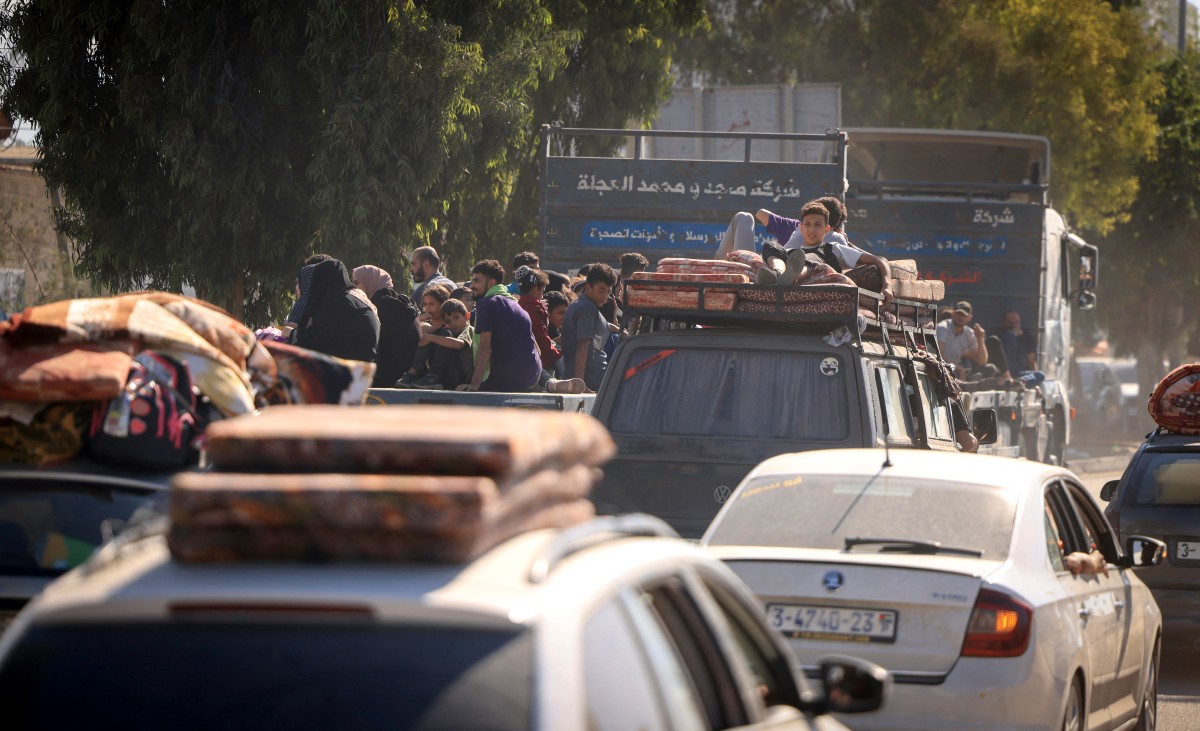
403
Sorry!!
Error! We're sorry, but the page you were
looking for doesn't exist.
Palestinian families forcibly displaced
(MENAFN) In Jerusalem, one million people, including children, pregnant women, the elderly, disabled, chronically ill, cancer patients, diabetics, and those with mental health issues, live just as any large city would. Now, imagine all of these people being forcibly displaced from their homes and moved into tents along the coastline. This is the scale of the tent cities created in the southern Gaza Strip, specifically in the Mawasi, Khan Younis, and Rafah areas. Thousands have been living in these makeshift shelters for over a year without proper food, electricity, clean water, sanitation, or privacy. The situation is further worsened by injuries from bombing, amputations, skin diseases, and infectious conditions. The psychological toll is equally devastating, with many suffering from PTSD, the loss of loved ones, or a combination of both. Adding to the crisis are the harsh winter rains that flood the region, exacerbating the already dire conditions.
Israel justifies its actions by claiming adherence to the "laws of armed conflict," which allow for the evacuation of civilians from combat zones to prevent harm. However, international law stipulates that such evacuations must ensure that the new location meets basic living standards, a condition not met in southern Gaza, where the displaced population continues to face severe hardship. According to the Coordination of Government Activities in the Territories (COGAT), around 3,000 aid trucks entered the southern Gaza Strip in December. However, this meager supply is shared among 1.7 million displaced people, with roughly 100 trucks arriving daily. While some officials claim that sufficient aid is being provided, the reality on the ground tells a different story. Food aid is often looted by militants, with complicity from the IDF, and even when aid does reach the region, it is difficult to ensure that it gets to those in need, such as children, the elderly, and people with disabilities.
Beyond food, there are critical needs such as proper shelter, warm clothing, medical supplies, sanitation, and safe drinking water. The international community has long demanded that Israel explain its plans for the future of Gaza, but the Israeli government has refused to engage in any meaningful dialogue on the matter. This leaves the people of Gaza without the authority or resources necessary to provide the survival conditions they desperately need. In conclusion, the situation in Gaza is a humanitarian disaster that requires a large-scale, coordinated response from the international community, as the people of Gaza continue to face the unrelenting challenges of war, displacement, and an unforgiving winter.
Israel justifies its actions by claiming adherence to the "laws of armed conflict," which allow for the evacuation of civilians from combat zones to prevent harm. However, international law stipulates that such evacuations must ensure that the new location meets basic living standards, a condition not met in southern Gaza, where the displaced population continues to face severe hardship. According to the Coordination of Government Activities in the Territories (COGAT), around 3,000 aid trucks entered the southern Gaza Strip in December. However, this meager supply is shared among 1.7 million displaced people, with roughly 100 trucks arriving daily. While some officials claim that sufficient aid is being provided, the reality on the ground tells a different story. Food aid is often looted by militants, with complicity from the IDF, and even when aid does reach the region, it is difficult to ensure that it gets to those in need, such as children, the elderly, and people with disabilities.
Beyond food, there are critical needs such as proper shelter, warm clothing, medical supplies, sanitation, and safe drinking water. The international community has long demanded that Israel explain its plans for the future of Gaza, but the Israeli government has refused to engage in any meaningful dialogue on the matter. This leaves the people of Gaza without the authority or resources necessary to provide the survival conditions they desperately need. In conclusion, the situation in Gaza is a humanitarian disaster that requires a large-scale, coordinated response from the international community, as the people of Gaza continue to face the unrelenting challenges of war, displacement, and an unforgiving winter.

Legal Disclaimer:
MENAFN provides the information “as is” without warranty of any kind. We do not accept any responsibility or liability for the accuracy, content, images, videos, licenses, completeness, legality, or reliability of the information contained in this article. If you have any complaints or copyright issues related to this article, kindly contact the provider above.






















Comments
No comment